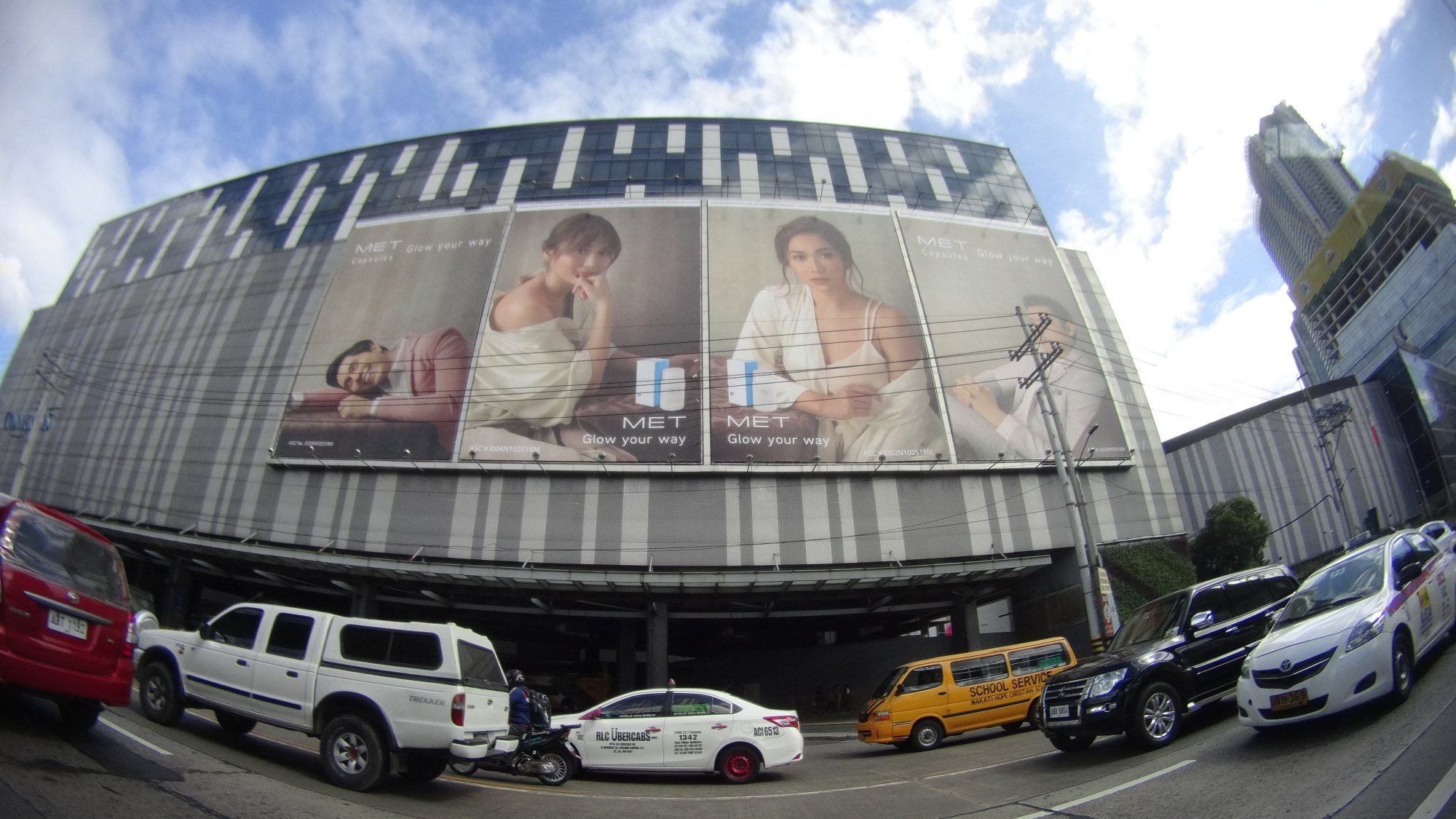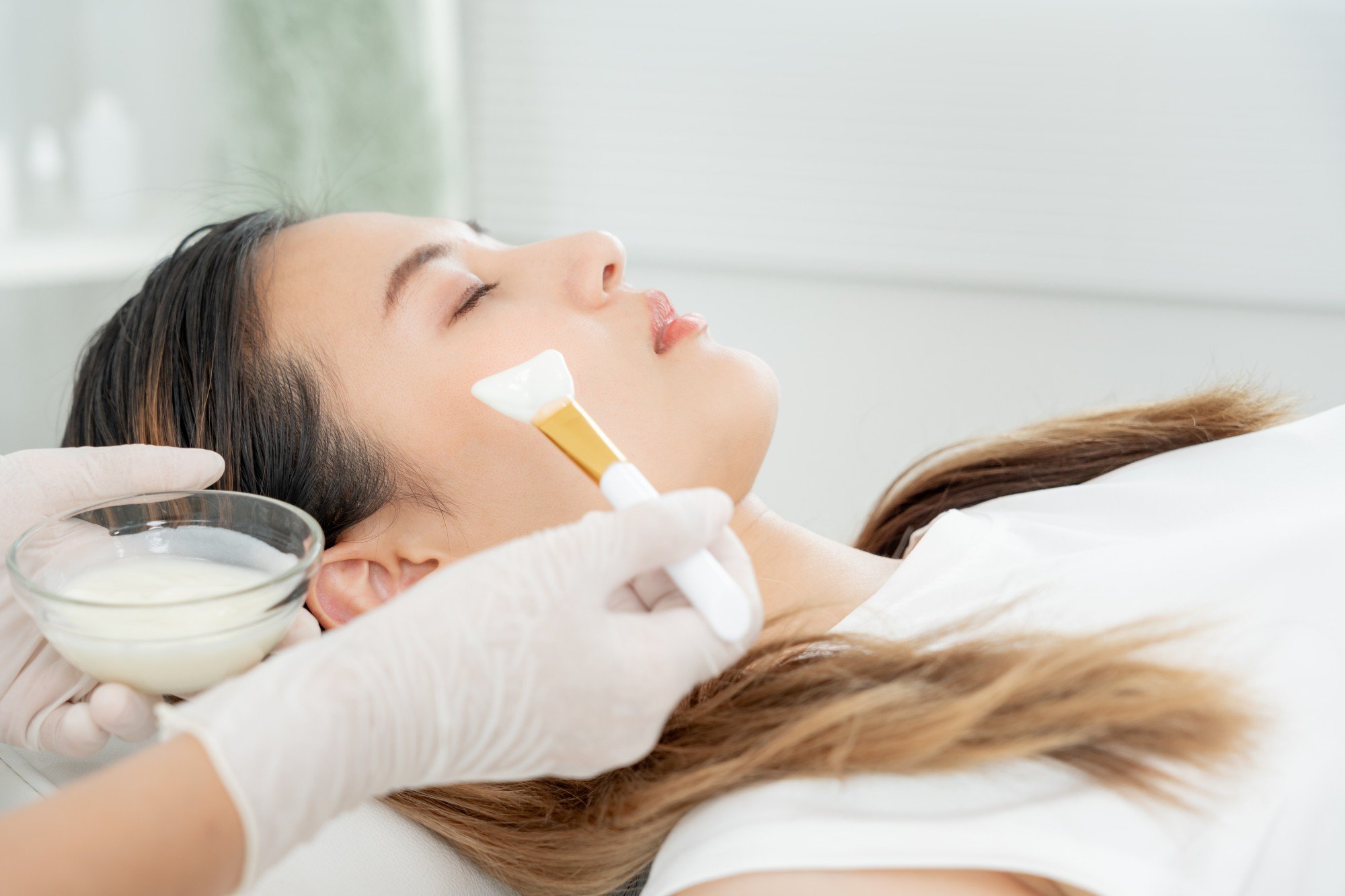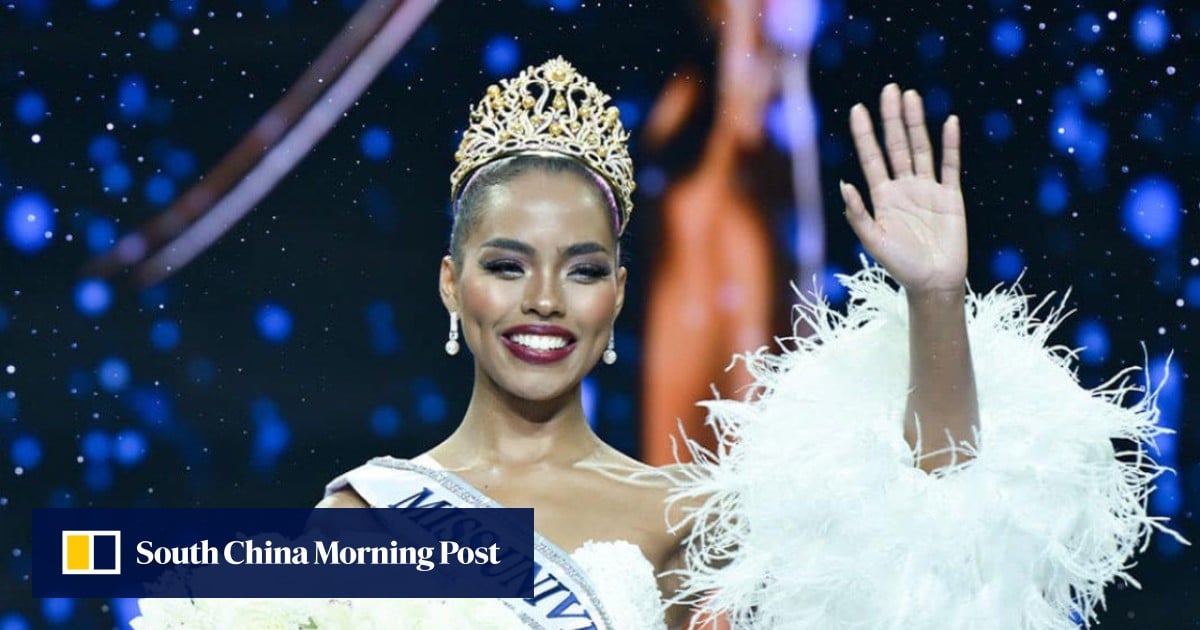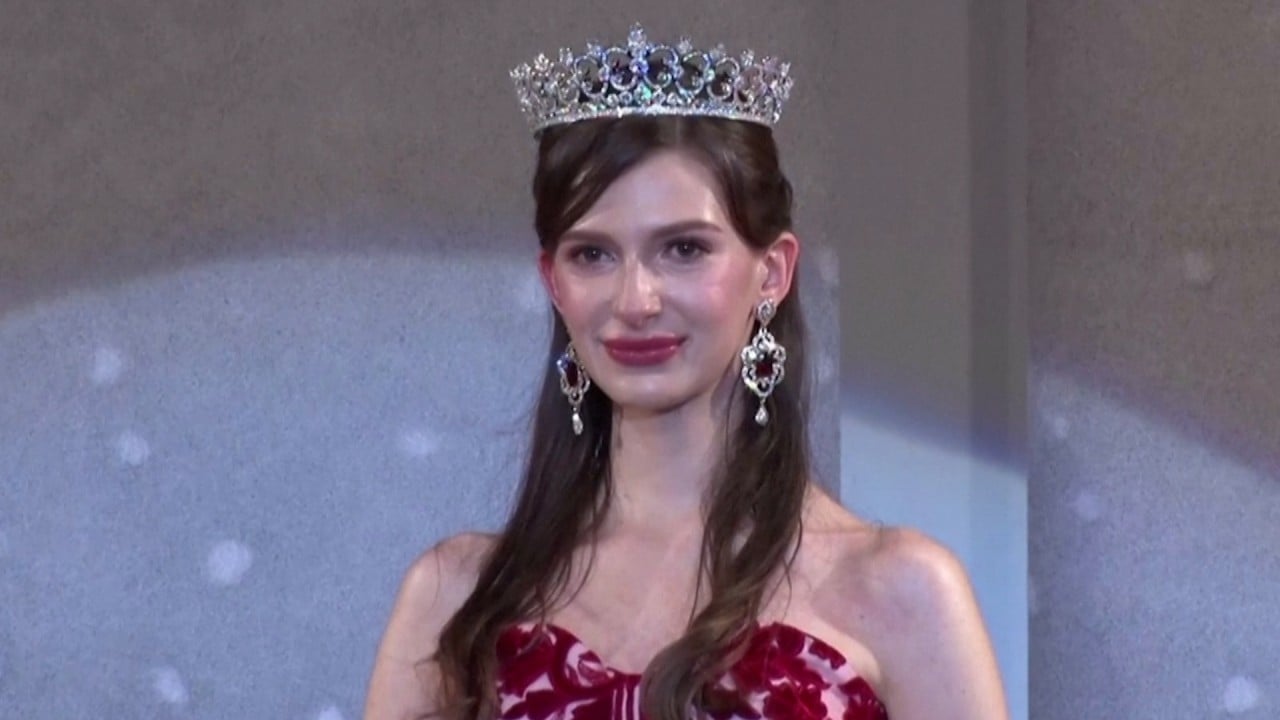“Diversity finally wins! In a country predominantly brown-skinned, it’s high time that a beautiful woman of colour represented the Philippines. This is extremely important for young girls who look like her or have similar complexions,” another user wrote.
But observers also point to some negative online comments about the beauty queen’s appearance, which seem to signal an undercurrent still present in society and perpetuated by Philippine pop culture in which desirable characters in shows are mostly portrayed by mixed actors with lighter skin and Caucasian features.
During the competition, Manalo referenced the struggles and prejudices she faced as a dark-skinned woman in the Philippines.
“As a woman of colour, I have always faced challenges in my life. I was told that beauty has standards, actually,” she said when asked how she would use her beauty to empower others.
“Because of these, I am already influencing a lot of women who are facing me right now.”
Analysts say Manalo’s win reflects a gradual shift in a society that has long prized fair skin and Western features as markers of class and status, which both have pre-colonial and colonial roots.
While the years-long occupation of Spanish and American settlers has played a role in perpetuating Western ideals in the Philippines, Filipino historians have noted that the preference for fair skin dates back to pre-colonial times when secluded and veiled noblewomen in the Visayas region, known as binukot, were prized for their paler skin, said Gene Navera, a senior lecturer at the National University of Singapore’s Centre for English Language Communication.
“I see our general attitude towards skin colour changing because of what seems like a burgeoning emphasis on diversity and inclusion in media representation,” Navera told This Week in Asia.

Navera, who has researched Filipino pageant culture, said while some Filipinos might still be hounded by biased perspectives, the country already had its fair share of darker-skinned beauty queens in the past, including Miss Universe 1960 Gloria Diaz, and finalists Chat Silayan, Desiree Verdadero, and Venus Raj, who finished in the pageant’s top five in 1982, 1984, and 2010, respectively.
“I also believe we are more than ready to have an Afro-centric Filipina beauty to represent us,” he said.
Navera said Filipinos tended to support the eventual winners who represented them on the international stage despite their initial sentiments against some participants.
“There are, of course, exceptions. Some will remain critical of the chosen winner, but they tend to be in the minority. Global pageants allow us to perform our sense of patriotism and nationalist values and we generally want to be part of that communal dreaming,” he said.
The Philippines’ reputation as a beauty powerhouse has led to an exacting formula that Filipino pageant fans consider the “complete package” that Manalo possesses, Navera said.
These include physical features such as a conventionally beautiful face, a toned physique, a strong stage presence and walk, and an elegant bearing.
Navera said the beauty queen must also be able to present herself well with eloquence, have quick thinking skills, a riveting backstory, and be involved in social or worthy causes.
“A winning queen, apart from her physical attractiveness, has to have a riveting story that is well communicated through various platforms.”
Colour, class and creams
Still, some mixed reactions to Manalo’s win, with some resorting to ethnic and racial slurs, also highlighted more work to be done in breaking down colourism and achieving truly progressive beauty standards, analysts said.
Films and advertisements continued to feature darker-skinned Filipinos as token representations, as local media continues to perpetuate images of fairer skin as the beauty ideal – from advertisements of whitening products to the popularity of K-pop celebrities, says Julienne Baldo-Cubelo, an associate professor at the University of the Philippines College of Mass Communication.
While Manalo’s win might be a triumph for some progressive Filipinos, this perception remained among some in society.
“For every one representation of a brown-skinned beauty, there are 10 other women being celebrated for their fair skin,” Baldo-Cubelo said.
The country’s Food and Drug Administration has warned against its use as a beauty product due to potential risks, including skin cancer and kidney stones, and it has even been linked to deaths. Nonetheless, doctors say they have seen a surge in the number of establishments offering the treatment due to high demand.

Communication researcher Xeng Mangila points out that Philippine television has been filled with half-Caucasian celebrities for decades, while actors with features such as brown skin, flat noses, and curly hair were often relegated to comic relief.
“The popularity of whitening treatments and the virality of TikTok videos promoting rhinoplasty show that while Filipinos today have a better appreciation of Afro-centric features, deep down there is still a preference for Caucasian features,” Mangila said.
Baldo-Cubelo argued that while diverse beauty standards were inching their way into the mainstream, depictions of prevalent beauty ideals such as fair skin were tied to middle-class aspirations that are further fed by businesses that benefit from these standards.
“Filipinos are constantly shaping their lives to be deemed middle-class, and the colour of their skin is central to this chase,” she said.
While Philippine society has yet to fully embrace nonconforming beauty ideals such as dark skin, Navera is hopeful that Manalo’s win is a sign of the country adopting a more diverse perspective towards beauty.
“It may be too radical an idea especially because Filipinos have been socialised to think of beauty in a particular way using established standards. But these standards are not really fixed – they can evolve through time,” he said.


